August 4 - 10, 2013: Issue 122
Ingleside Wildflowers - 1st of August, 2013
A warm July has meant early flowering for a lot of our bushflowers and those that bloom during Winter are still lighting up the bush, scrub and heathlands with bright yellows, reds, and pinks. A walk through Ingleside at dawn on Thursday morning was a sheer delight, despite the roar of traffic, with so many varieties of Bush Peas and Spider flowers out, plus a few rarely seen.
Spider flowers Australia
Grevillea is a diverse genus of about 360 species of evergreen flowering plants in the protea family Proteaceae, native to rainforest and more open habitats in Australia, New Guinea, New Caledonia, Indonesia and Sulawesi. It was named in honour of Charles Francis Greville, PC, FRS (12 May 1749 – 23 April 1809), a British antiquarian, passionate gardener, collector and politician. The species range from prostrate shrubs less than 50 cm (20 in) tall to trees 35 m (115 ft) tall. Common names include grevillea, spider flower, silky oak, bottle brush and toothbrush plant. Closely related to the genus Hakea, the genus gives its name to the subfamily Grevilleoideae. Grevillea flowers were a traditional favourite among Aborigines for their sweet nectar. This could be shaken onto the hand to enjoy, or into a coolamon with a little water to make a sweet drink. They might be referred to as the original "bush lollies". Drinking nectar direct from the flower is best avoided as some commonly cultivated Grevillea species produce flowers containing toxic cyanide
There is an active Grevillea Study Group in the Australian Native Plants Society for people interested in Grevilleas, both for uses in horticulture and for conservation in the wild.
Grevillea. (2013, July 27). In Wikipedia, The Free Encyclopedia. Retrieved from http://en.wikipedia.org/w/index.php?title=Grevillea&oldid=566016311
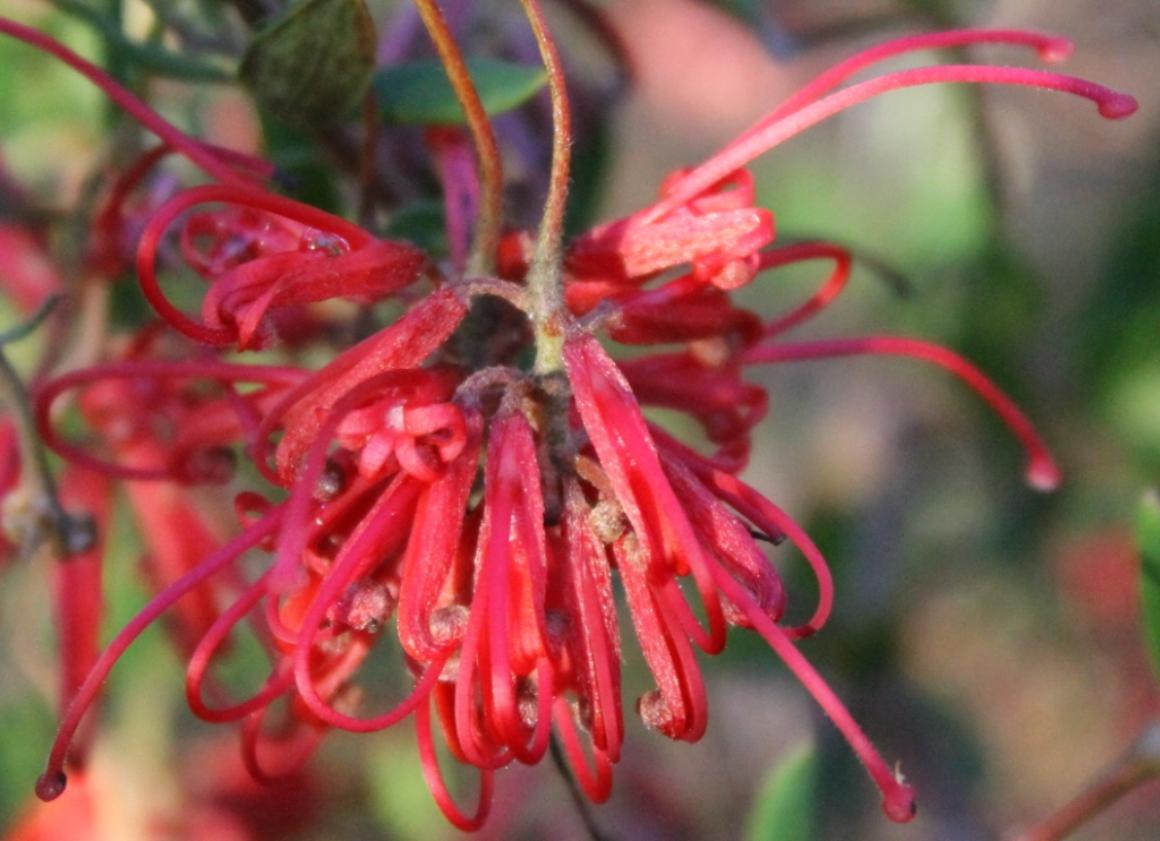
Grevillea oldei (spider flower)
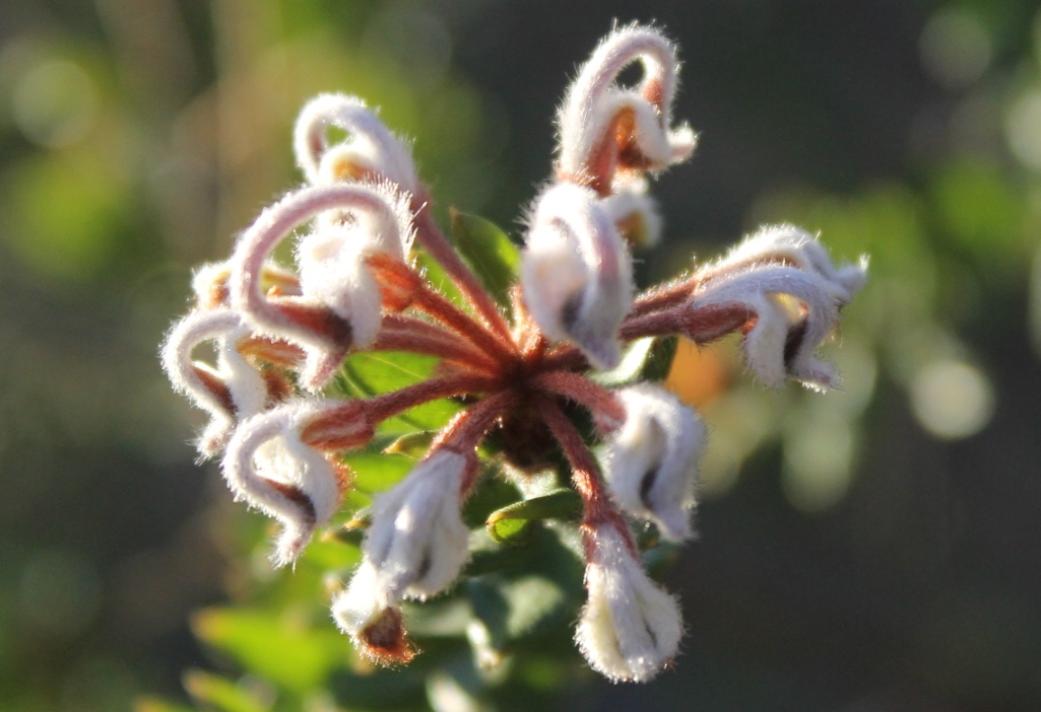
Grevillea buxifolia
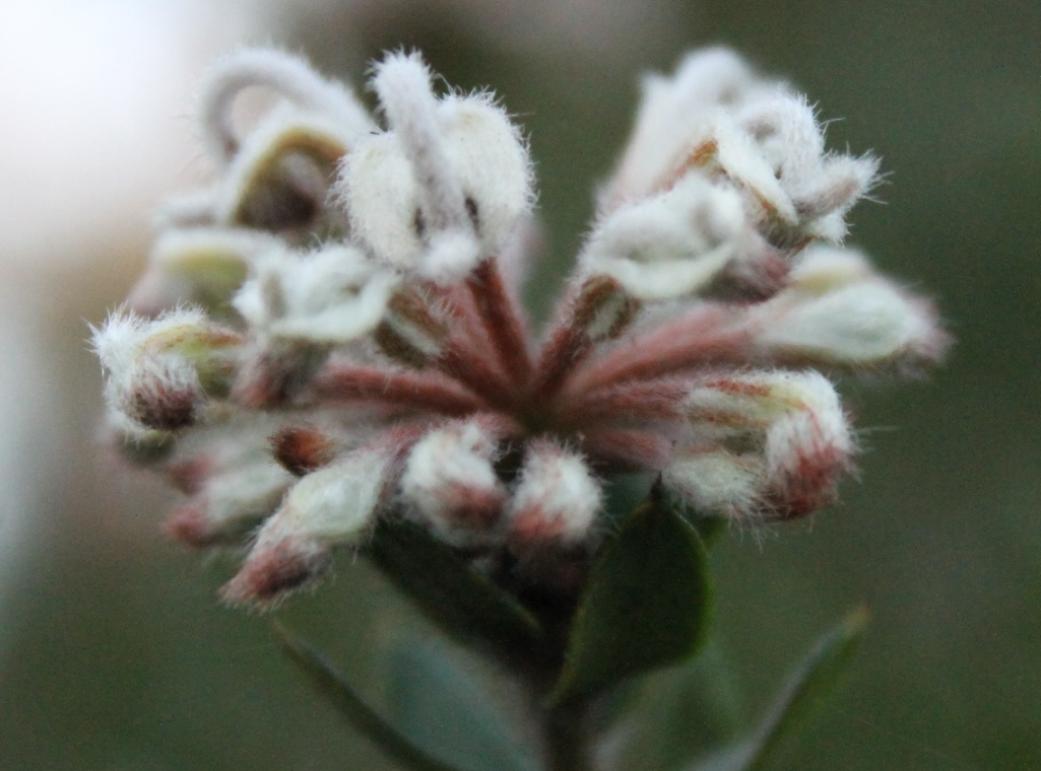
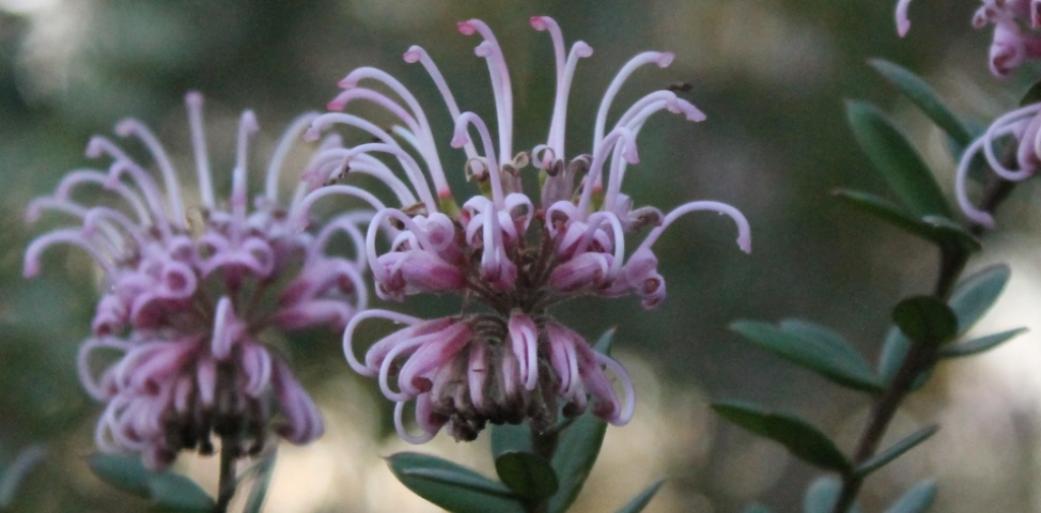
Grevillea sericea
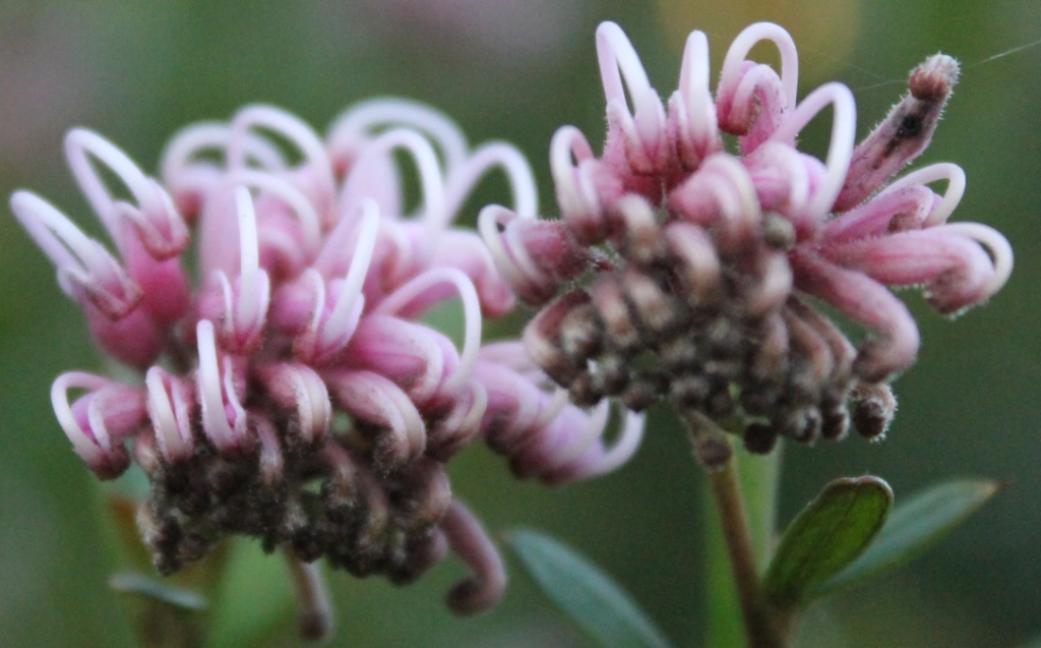
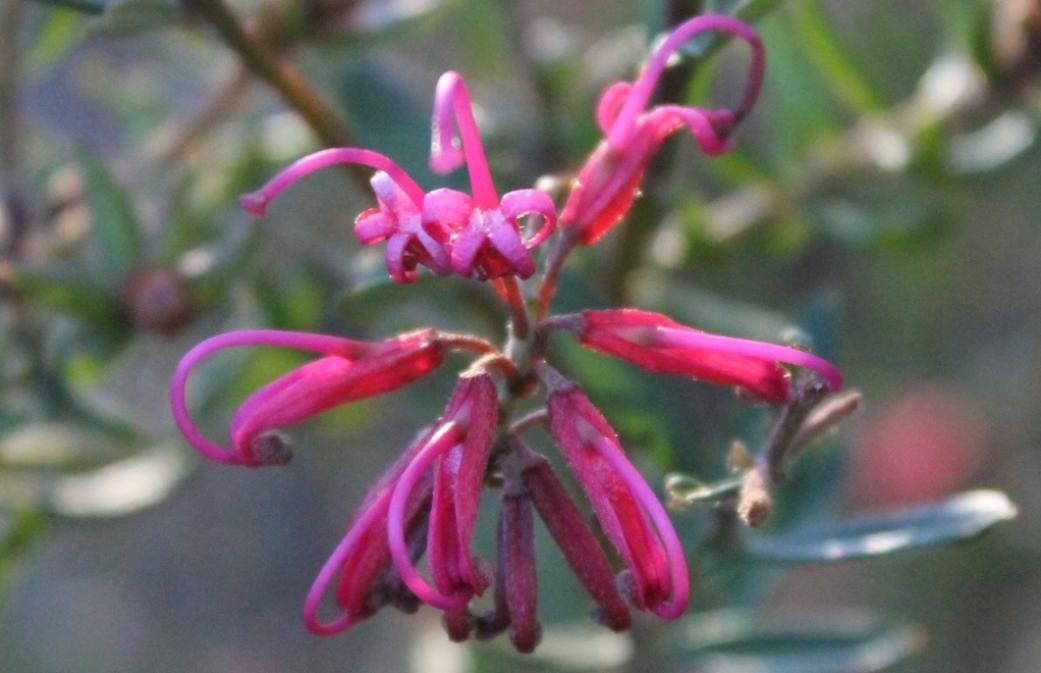
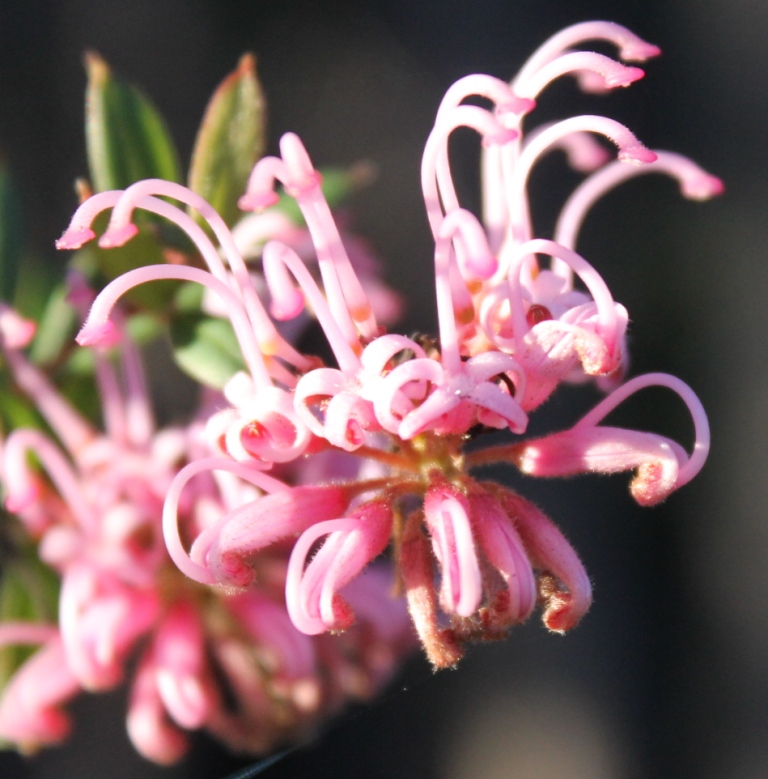
Grevillea rosmarinifolia 'Pink Pearl'
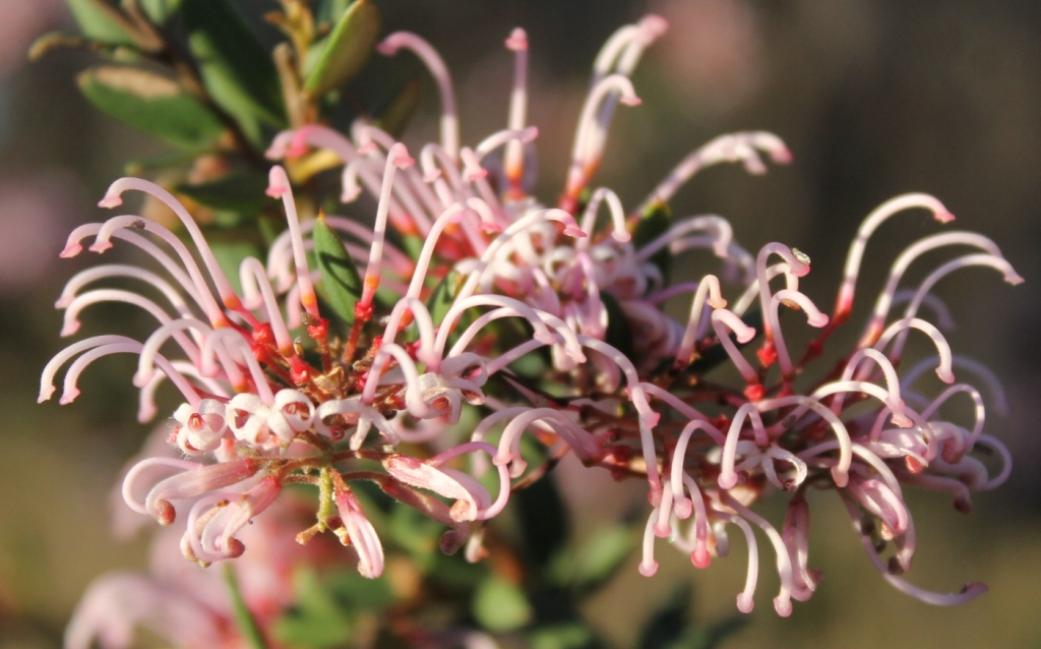
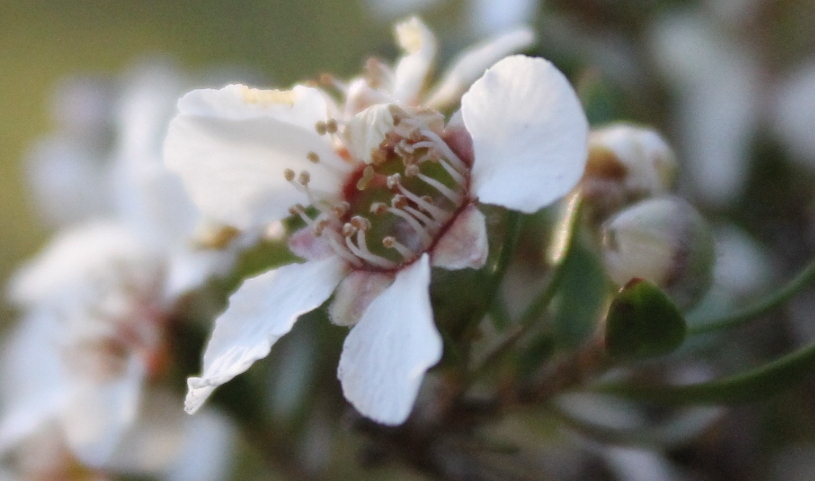
Ti –tree or Tea-tree Leptospermum flavescens - The common name tea-tree derives from the practice of early settlers of soaking the leaves of several species in boiling water to make a tea substitute.
Bush peas Australia
The Fabaceae family - Pultenaea is a genus of flowering plants in the family Fabaceae-Faboideae that are native to Australia. They are known commonly as bush peas. The genus was first formally described by botanist James Edward Smith in 1794 in A Specimen of the Botany of New Holland, with Pultunaea stipularis nominated as the type species. The latter was described from a living specimen which was raised in Stockwell, England from seed obtained from New South Wales in 1792. Smith named the genus in honour of Richard Pulteney, an English surgeon and botanist, who also was the biographer of Linnaeus.
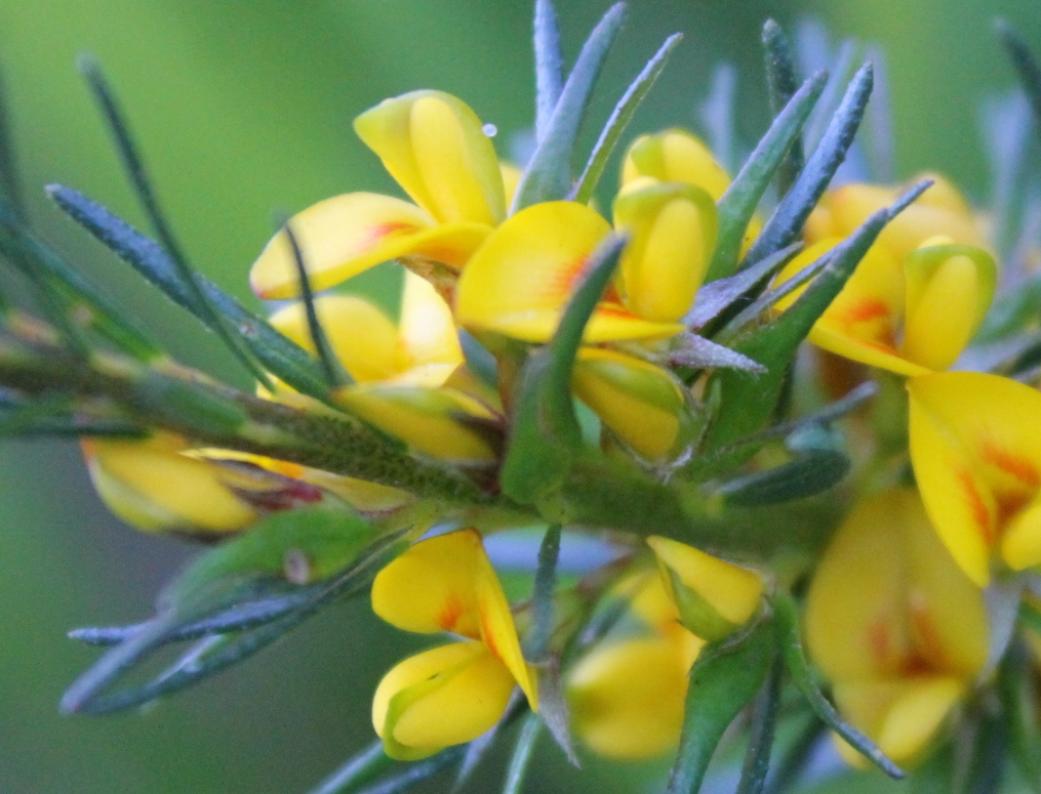
Pultenaea stipularis
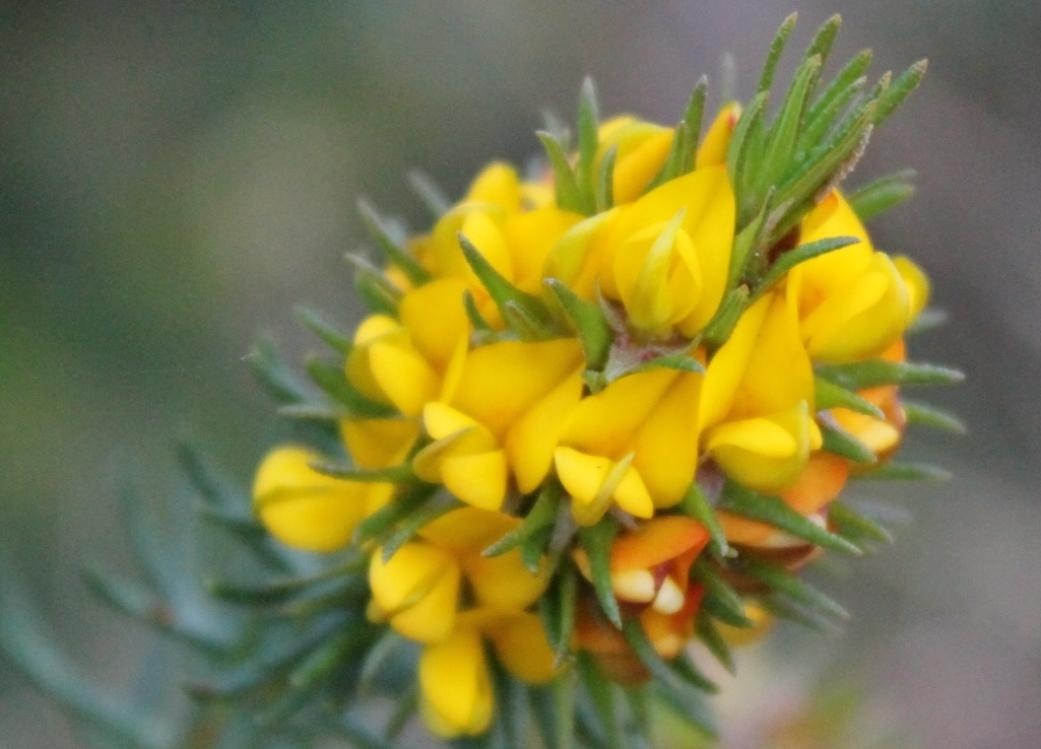
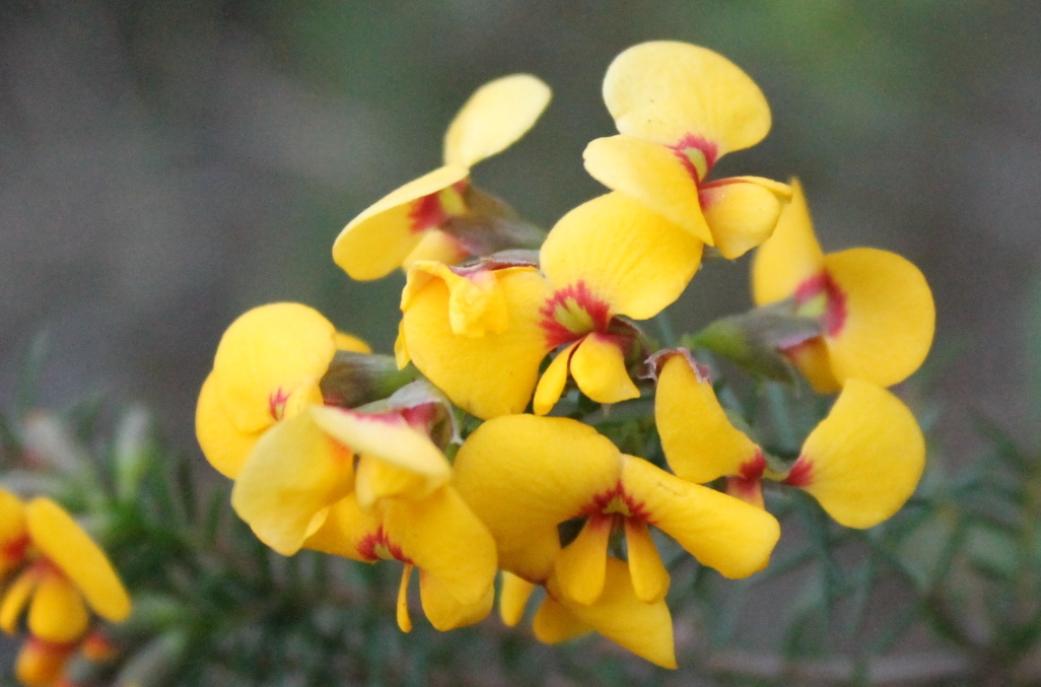
Dillwynia floribunda - The original specimen was collected in Sydney, and first published in 1805 by English botanist, James Edward Smith.
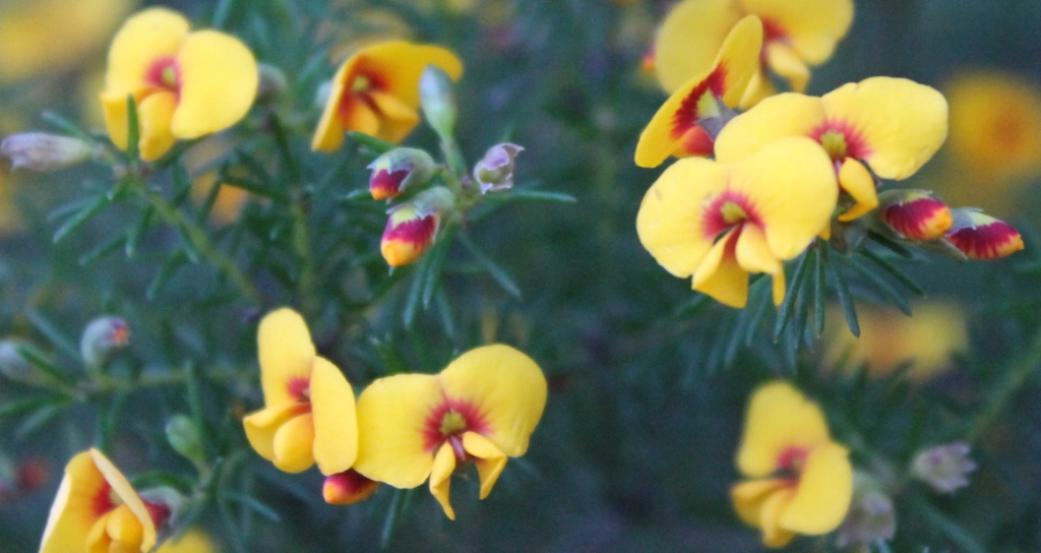
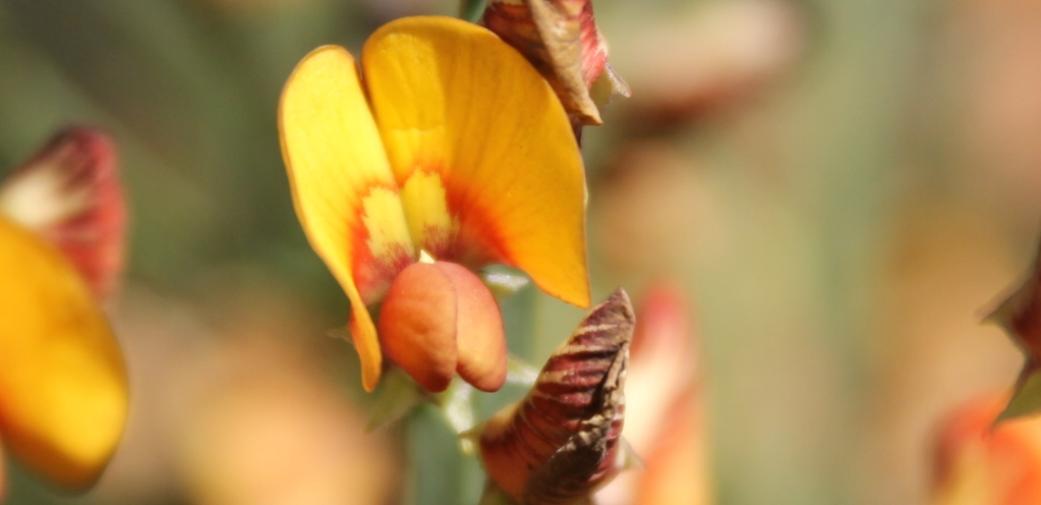
Bossiaea scolopendria - 'Plank Plant'
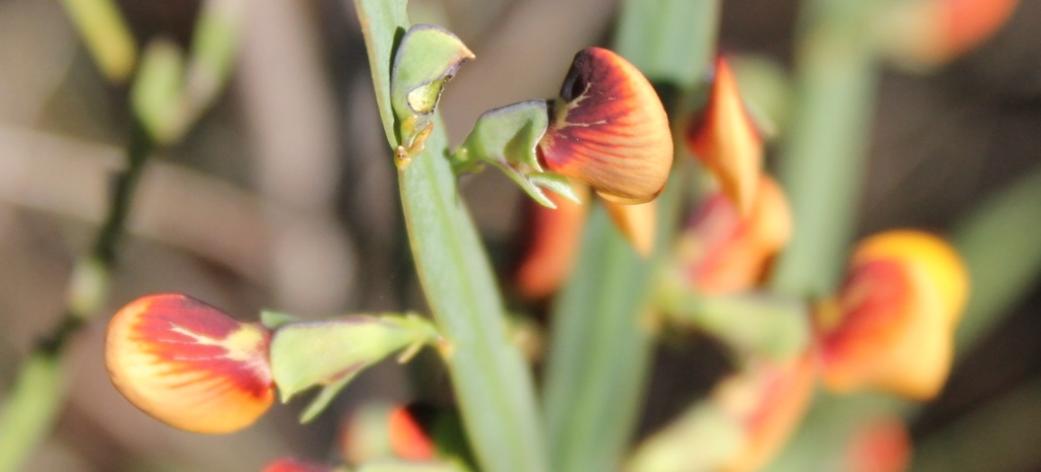
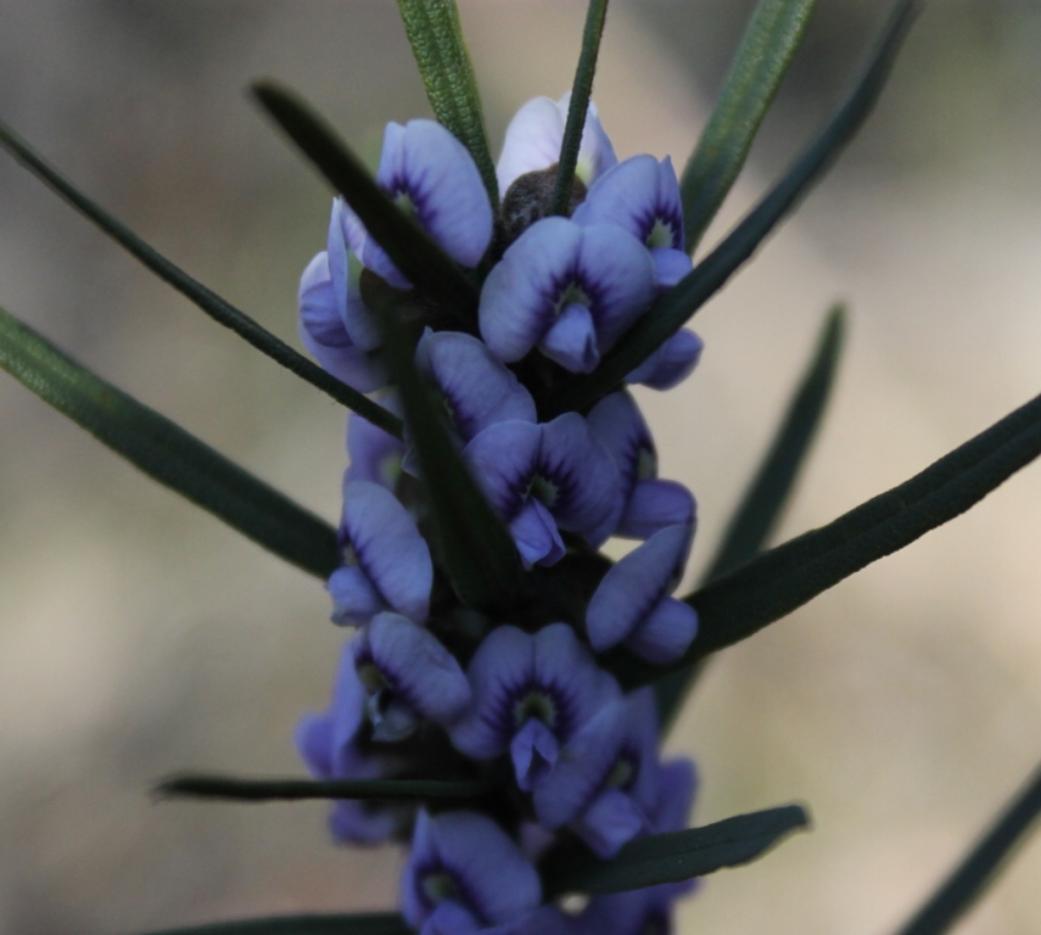
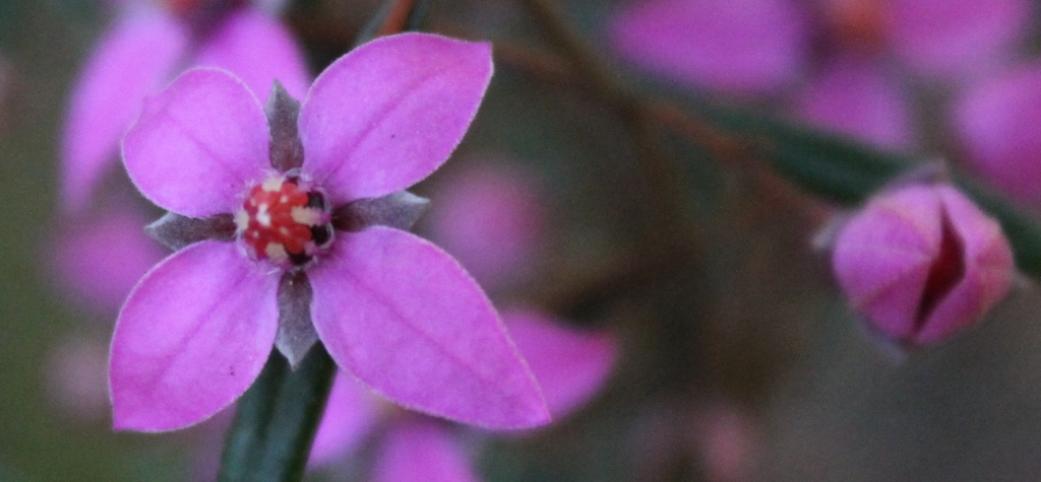
Boronia ledifolia - Sydney Boronia
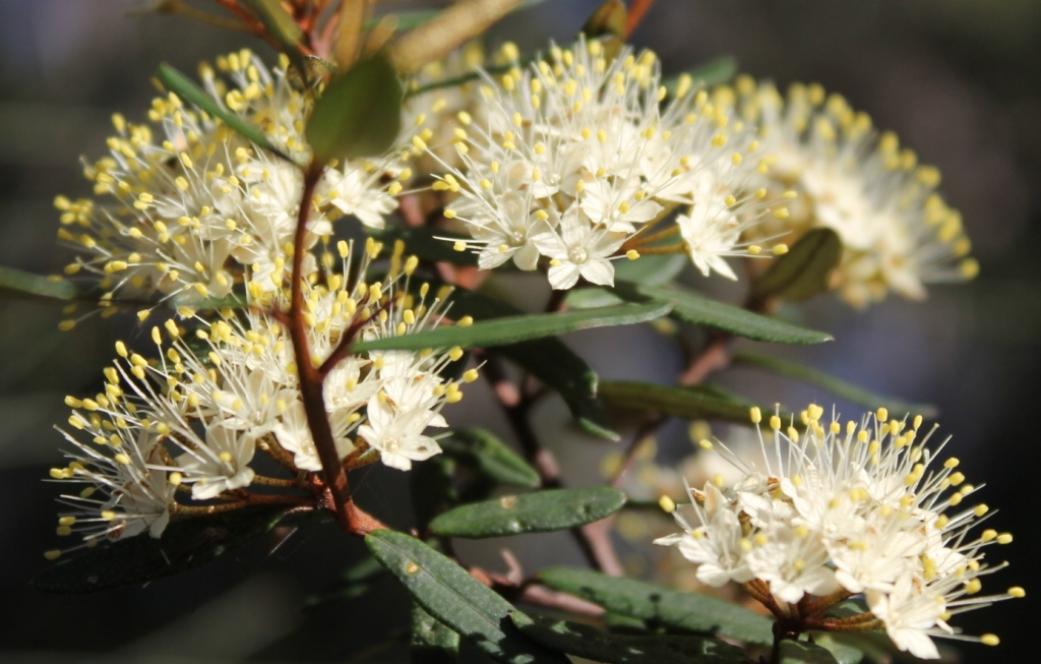
Acacias
Acacia also known as a thorntree, whistling thorn or wattle, is a genus of shrubs and trees belonging to the subfamily Mimosoideae of the family Fabaceae, described by the Swedish botanist Carl Linnaeus in 1773 based on the African species Acacia nilotica. Many non-Australian species tend to be thorny, whereas the majority of Australian acacias are not. The genus Acacia previously contained roughly 1300 species, about 960 of them native to Australia. The generic name derives from ἀκακία (akakia), the name given by early Greek botanist-physician Pedanius Dioscorides (middle to late first century) to the medicinal tree A. nilotica in his book Materia Medica. This name derives from the Greek word for its characteristic thorns, ἀκίς (akis; "thorn"). The species name nilotica was given by Linnaeus from this tree's best-known range along the Nile river.
Acacia. (2013, July 20). In Wikipedia, The Free Encyclopedia. Retrieved from http://en.wikipedia.org/w/index.php?title=Acacia&oldid=565065937
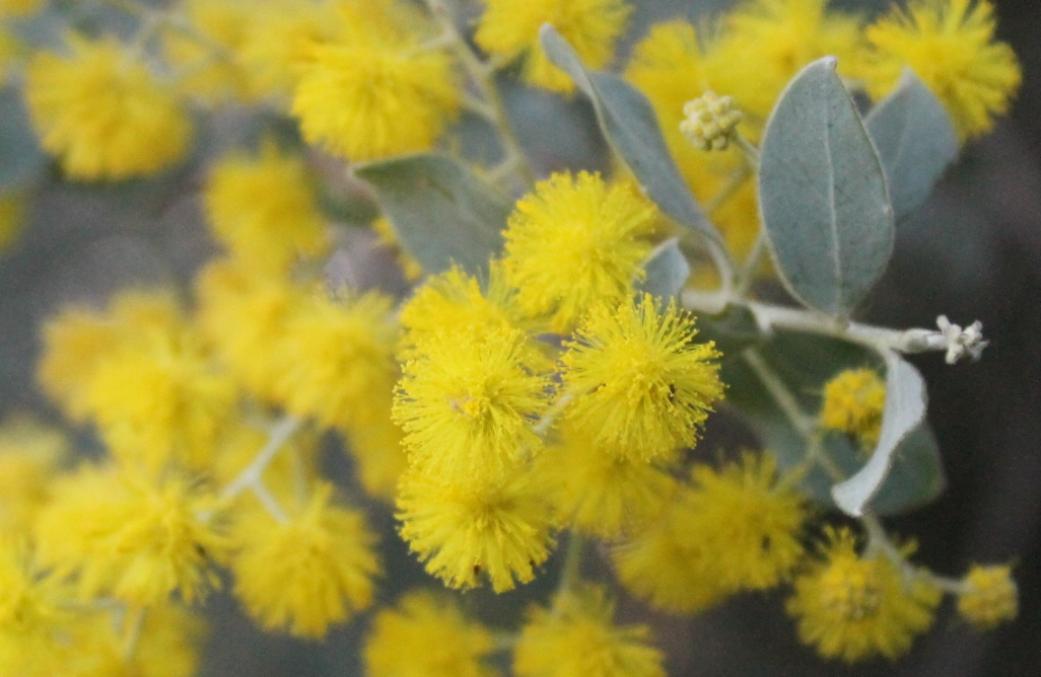
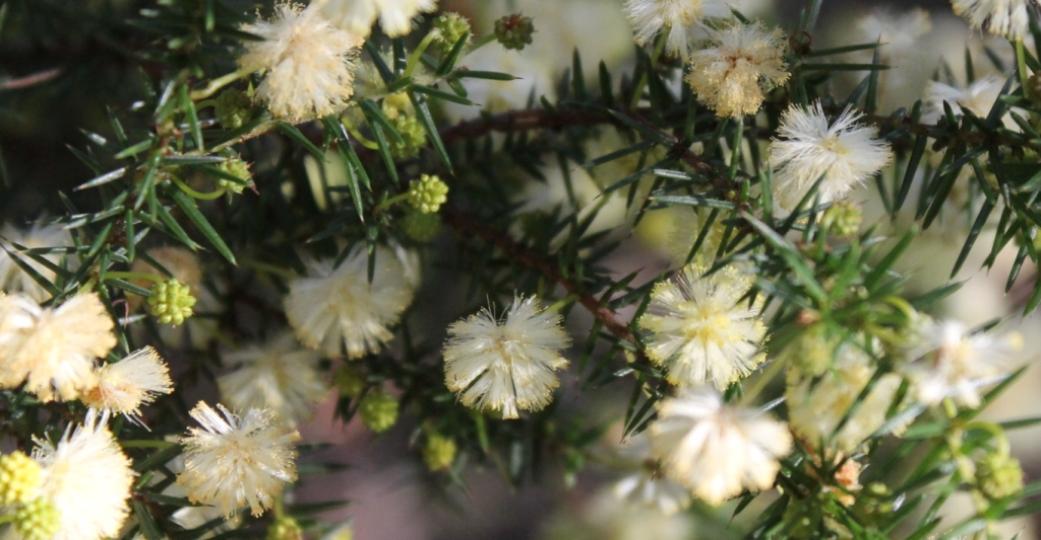
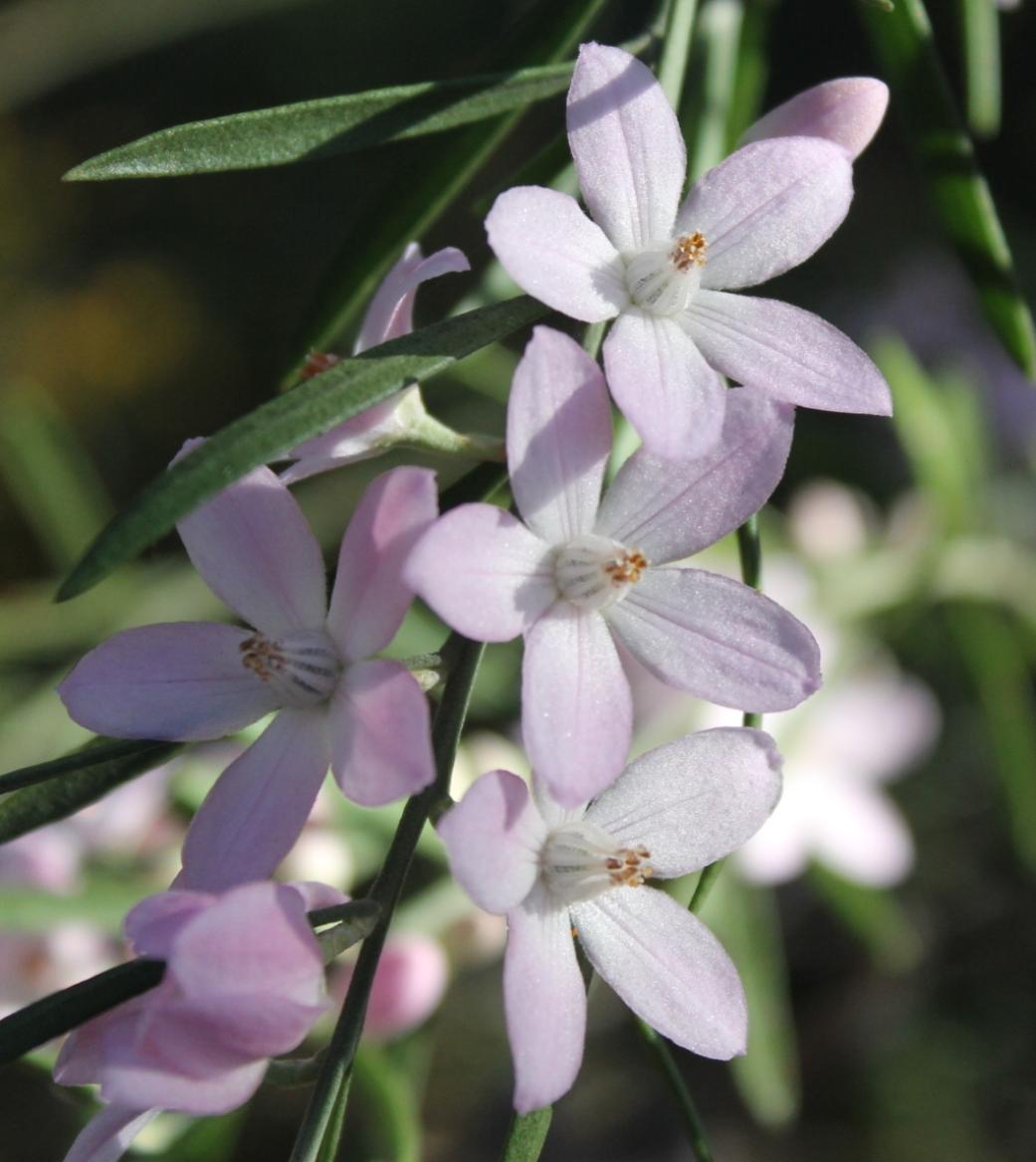
Eriostemon australasius - Wax Flower
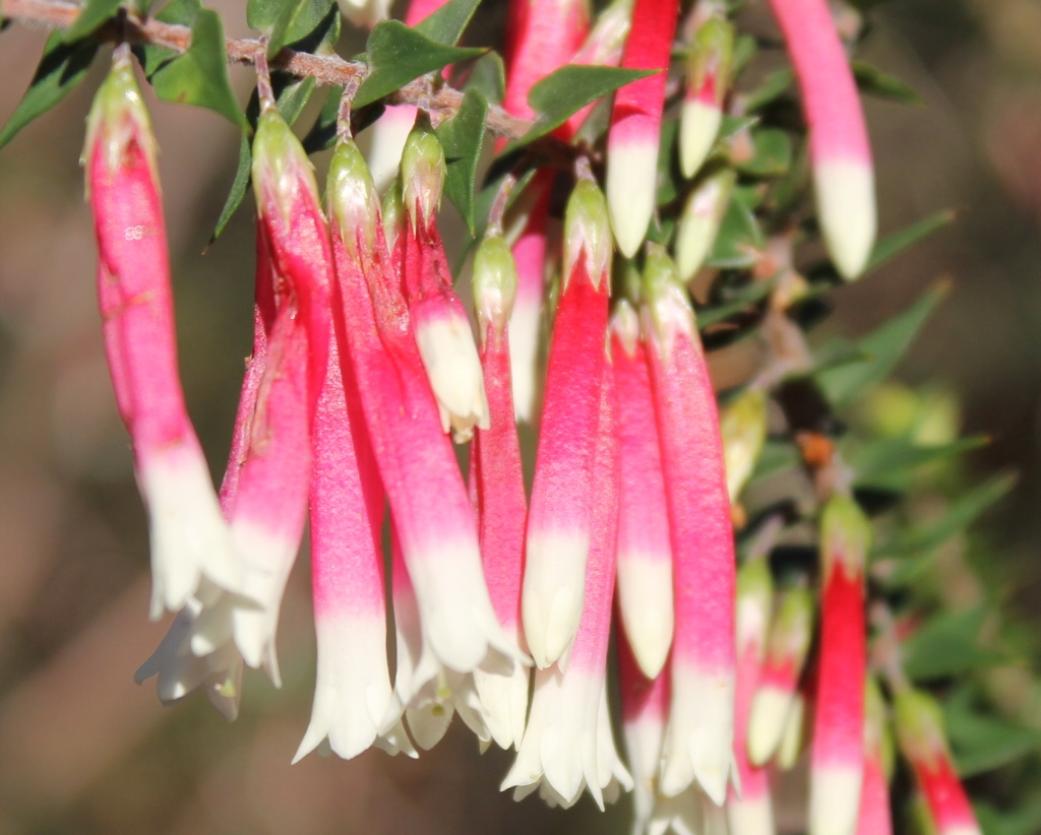
Epacris longiflora - Bush Fuschia
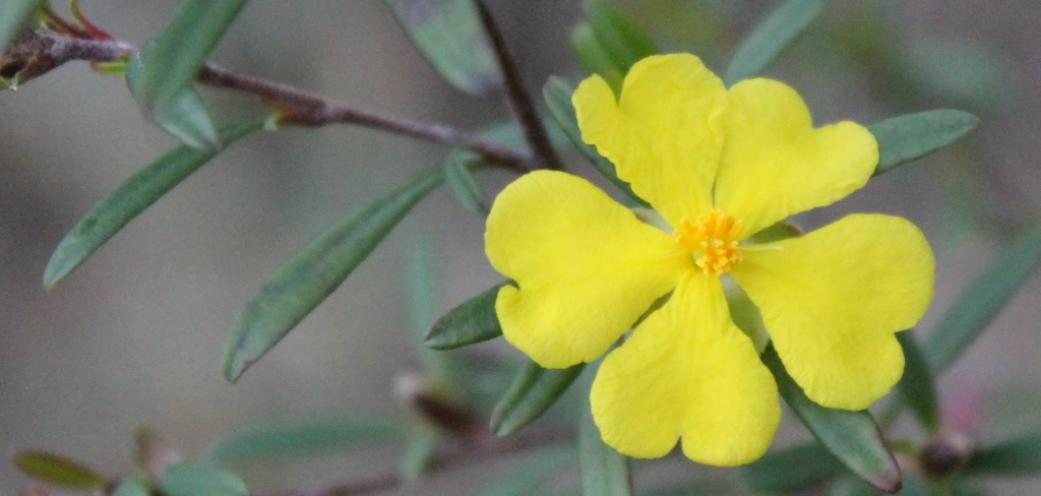
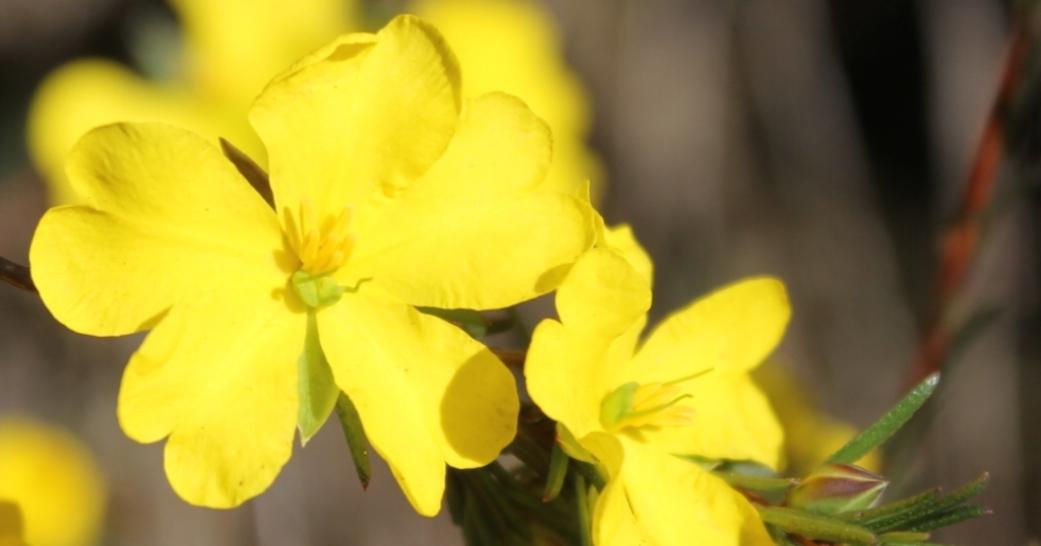
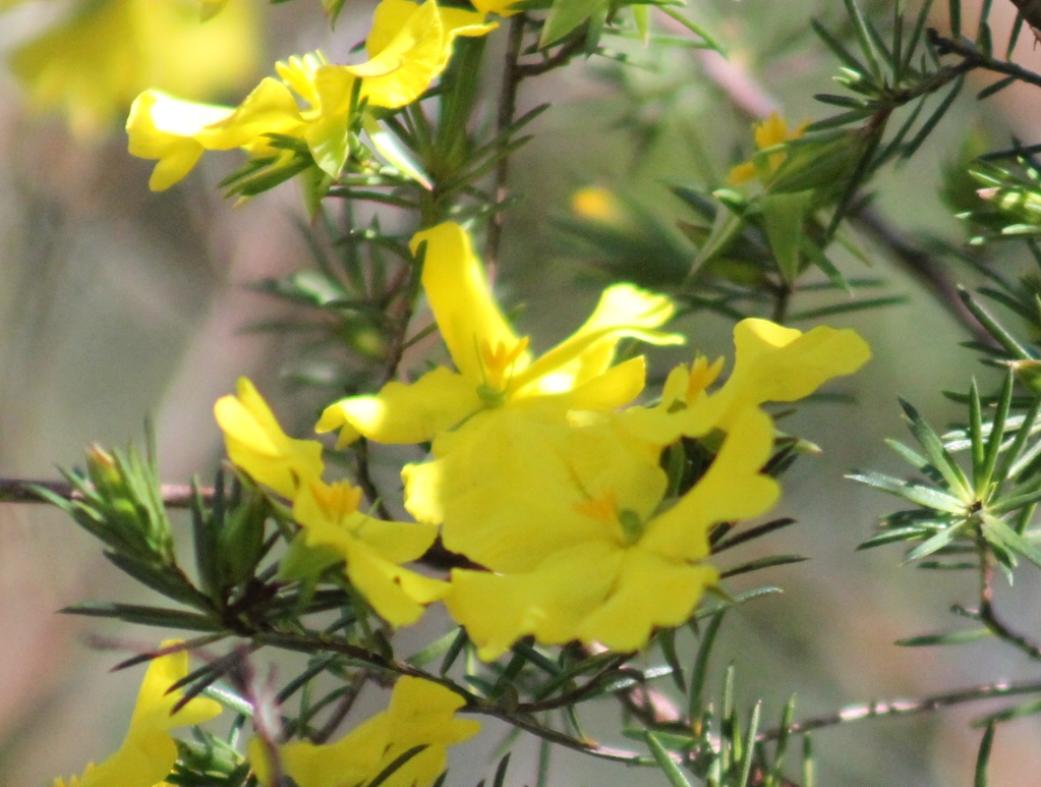
Photos by A J Guesdon, 1.8.2013.